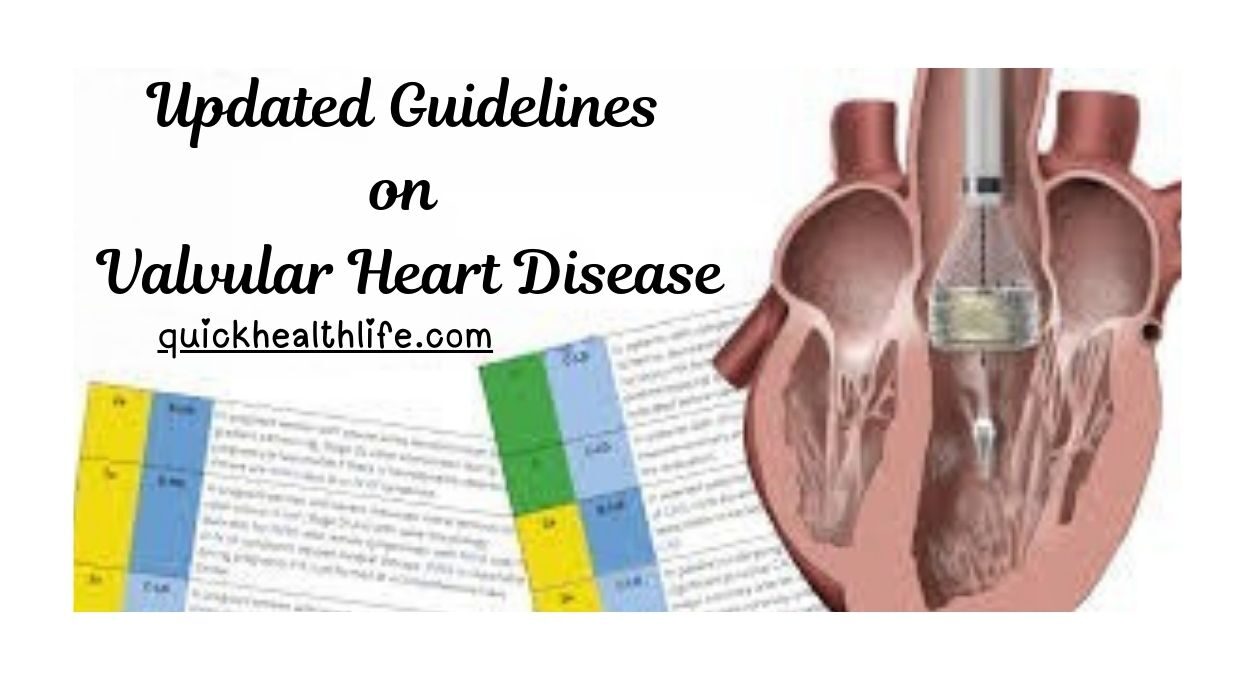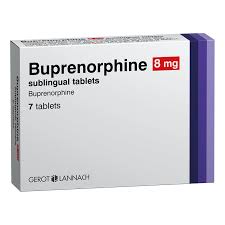Valvular heart disease (VHD) is a growing concern in both developed and developing nations. In India, its prevalence is rising due to lifestyle factors, age-related changes, and rheumatic heart disease cases that remain significant. Recently, updated international guidelines were published to bring uniformity in the diagnosis, treatment, and management of VHD. These guidelines are designed to help doctors, patients, and healthcare systems provide better, standardized care.
Table of Contents
What is Valvular Heart Disease?
Valvular heart disease occurs when one or more of the heart’s valves do not function properly. The heart has four valves – mitral, aortic, tricuspid, and pulmonary – and they control blood flow in and out of the heart chambers. If a valve becomes too narrow (stenosis) or too leaky (regurgitation), the heart must work harder, which can lead to heart failure or other complications.
Prevalence of Valvular Heart Disease in India
The prevalence of valvular heart disease in India is still high compared to Western nations. While rheumatic heart disease (caused by untreated throat infections in childhood) has reduced in many parts of the world, it remains a significant contributor to VHD in India, especially in rural areas.
- Studies suggest that millions of Indians suffer from VHD.
- The incidence of valvular hearrt disease in India is higher in women due to a greater burden of rheumatic fever in the past.
- Age-related degenerative valve disease (especially aortic stenosis) is also becoming common with increasing life expectancy.
This dual burden makes it essential for India to adopt the valvular heart disease latest guidelines and tailor them for both rural and urban populations.
Why Updated Guidelines Were Needed
Before the release of the new guidelines, there were differences in the way doctors across Europe and other regions treated patients with VHD. These differences led to inconsistent care and outcomes. The new guidelines aim to:
- Create a standardized approach to diagnosis and treatment.
- Use the latest evidence and technology (like 3D echocardiography, cardiac MRI, and transcatheter procedures).
- Provide recommendations for timely surgical or transcatheter interventions.
- Guide doctors on medical management, lifestyle advice, and follow-up schedules.
Key Highlights of the New Guidelines
The ESC/EACTS guidelines for the management of valvular heaart disease are among the most comprehensive resources for cardiologists. Here are some of the key points:
1. Better Diagnostic Approaches
- Echocardiography remains the first-line test.
- Cardiac CT and MRI are recommended for complex cases.
- More emphasis on early detection to prevent complications.
2. Timely Surgical and Transcatheter Treatment
- Patients with severe symptomatic valve disease should be treated without delay.
- Transcatheter Aortic Valve Implantation (TAVI) is now recommended for many patients, especially those who cannot undergo open-heart surgery.
- Valve repair (especially mitral valve repair) is preferred over replacement whenever possible.
3. Anticoagulation and Medical Therapy
- Updated advice on anticoagulation in patients with mechanical heart valves.
- Personalized drug therapy for patients with co-existing conditions.
4. Multidisciplinary Heart Teams
- Decisions should be taken by a Heart Team, which includes cardiologists, surgeons, radiologists, and other specialists.
- This ensures the best care plan for each individual.
Valvular Heart Disease Guidelines Around the World
Different global bodies publish recommendations, but the essence remains similar.
- ESC/EACTS guidelines for the management of valvular heart disease – widely followed in Europe.
- AHA valvular heart disease guidelines – American guidelines with a focus on U.S. healthcare systems.
- JACC valvular heart disease guidelines – detailed updates based on new clinical trials.
Though there are small differences, the core principles remain the same – timely diagnosis, individualized treatment, and standardized care.
Impact of Guidelines in India
The challenge in India lies in awareness, access, and affordability. Many patients present late with severe disease, which reduces treatment success. Implementing the new valvular heart disease guideline in India can help:
- Doctors detect valve disease earlier.
- Patients receive uniform treatment across hospitals.
- Reduce deaths and complications due to untreated valve problems.
Government policies, training programs, and cost-effective strategies will be essential to make this a reality.
Who is at Risk of Valvular Heart Disease?
- People with a history of rheumatic fever.
- Older adults (age-related valve changes).
- Patients with high blood pressure or diabetes.
- Individuals with congenital valve problems.
Regular check-ups and echocardiography are key to early diagnosis.
Conclusion
Valvular heart disease is a growing challenge worldwide, including in India. The latest guidelines on valvular heart disease provide clarity and uniformity in treatment, ensuring patients get the best possible care. With increasing awareness and better access to healthcare, India can reduce the heavy burden of this disease.
FAQs on Valvular Heart Disease
1. What is the most common valvular heart disease in India?
Rheumatic heart disease is still the most common, though age-related valve problems are increasing.
2. What are the new guidelines for treating valvular heart disease?
The new guidelines recommend early diagnosis, timely intervention (surgery or TAVI), and multidisciplinary care.
3. How is valvular heart disease diagnosed?
Mainly through echocardiography, supported by CT, MRI, and clinical evaluation.
4. Can lifestyle changes help in managing valve disease?
Yes, controlling blood pressure, diabetes, and avoiding smoking can slow progression.
5. Are the guidelines applicable in India?
Yes, but they must be adapted considering the Indian healthcare setup and patient population.
I, Umesh Yadav, have been writing on health for the past three years, and I believe these updated guidelines can truly transform patient care if implemented effectively. Early detection, timely treatment, and guideline-based management are the keys to saving lives.



